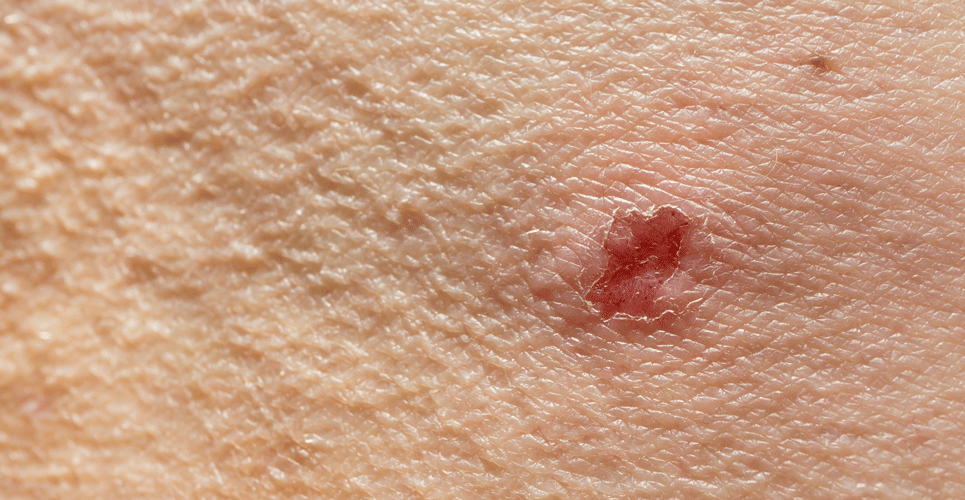Dupixent (dupilumab) has been recommended for EU approval as the first available treatment for patients with prurigo nodularis
According to a press release by the manufacturer, Sanofi, the European Medicines Agency’s Committee for Medicinal Products for Human Use (CHMP) has adopted a positive opinion, recommending the approval of Dupixent (dupilumab) in the EU to treat adults with moderate-to-severe prurigo nodularis who are candidates for systemic therapy.
Prurigo nodularis (PN) is a skin disease that causes hard, pruritic nodules to form on the skin. The pruritus can be intense, causing people to scratch themselves to the point of bleeding or pain. It is categorised as a rare disease and one UK-based study estimated a prevalence of 3·27 patients per 10 000 population and the condition has a negative effect on patients’ quality of life.
Dupixent is a fully human monoclonal antibody that inhibits the signalling of the interleukin-4 (IL-4) and interleukin-13 (IL-13) pathways. The drug currently has several indications including the treatment of moderate-to-severe atopic dermatitis in adults and adolescents 12 years, as add-on maintenance treatment for severe asthma and as an add-on therapy with intranasal corticosteroids for the treatment of adults with severe Chronic rhinosinusitis with nasal polyposis.
Dupixent clinical data
The efficacy data for Dupixent which led to the CHMP approval came from two randomised trials, PRIME and PRIME 2. In both PRIME and PRIME 2 the primary objective was to demonstrate the efficacy of dupilumab on itch response in patients with prurigo nodularis and which was inadequately controlled on topical prescription therapy or when those therapies are not advisable. The PRIME trial included adults with PN and at least 20 nodules and severe itch who were randomly assigned to 300 mg dupilumab subcutaneously after a 600-mg loading dose or to matching placebo, every two weeks for 24 weeks. The primary endpoint was the number of patients who experienced at least a 4-point reduction in the Worst-Itch Numerical Rating Scale (WI-NRS) score from baseline to week 24. Overall, 60% of dupixent patients achieved the primary endpoint, compared to placebo patients (18%, p < 0.0001). In the second trial, PRIME 2, the primary endpoint was the proportion who experienced a clinically meaningful reduction in itch from baseline at week 12. This occurred for 37% of Dupixent patients compared to 22% of placebo patients (p = 0.0216).
The press release also reports that Sanofi and Regeneron (a partnering biotechnology company) are studying the use of dupilumab in a broad range of diseases including paediatric eosinophilic oesophagitis, hand and foot atopic dermatitis, chronic inducible urticaria-cold, chronic spontaneous urticaria and chronic obstructive pulmonary disease with evidence of type 2 inflammation.

